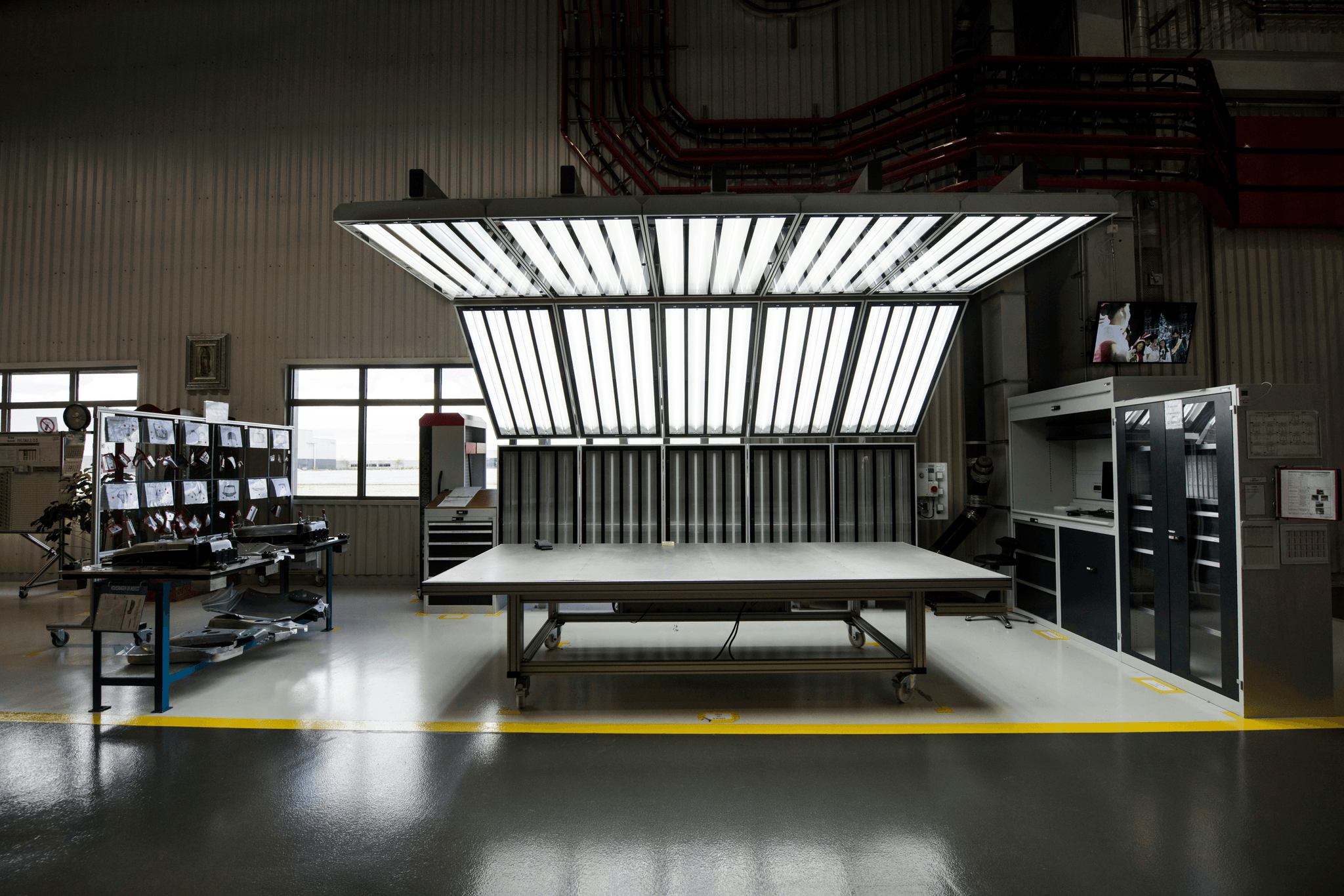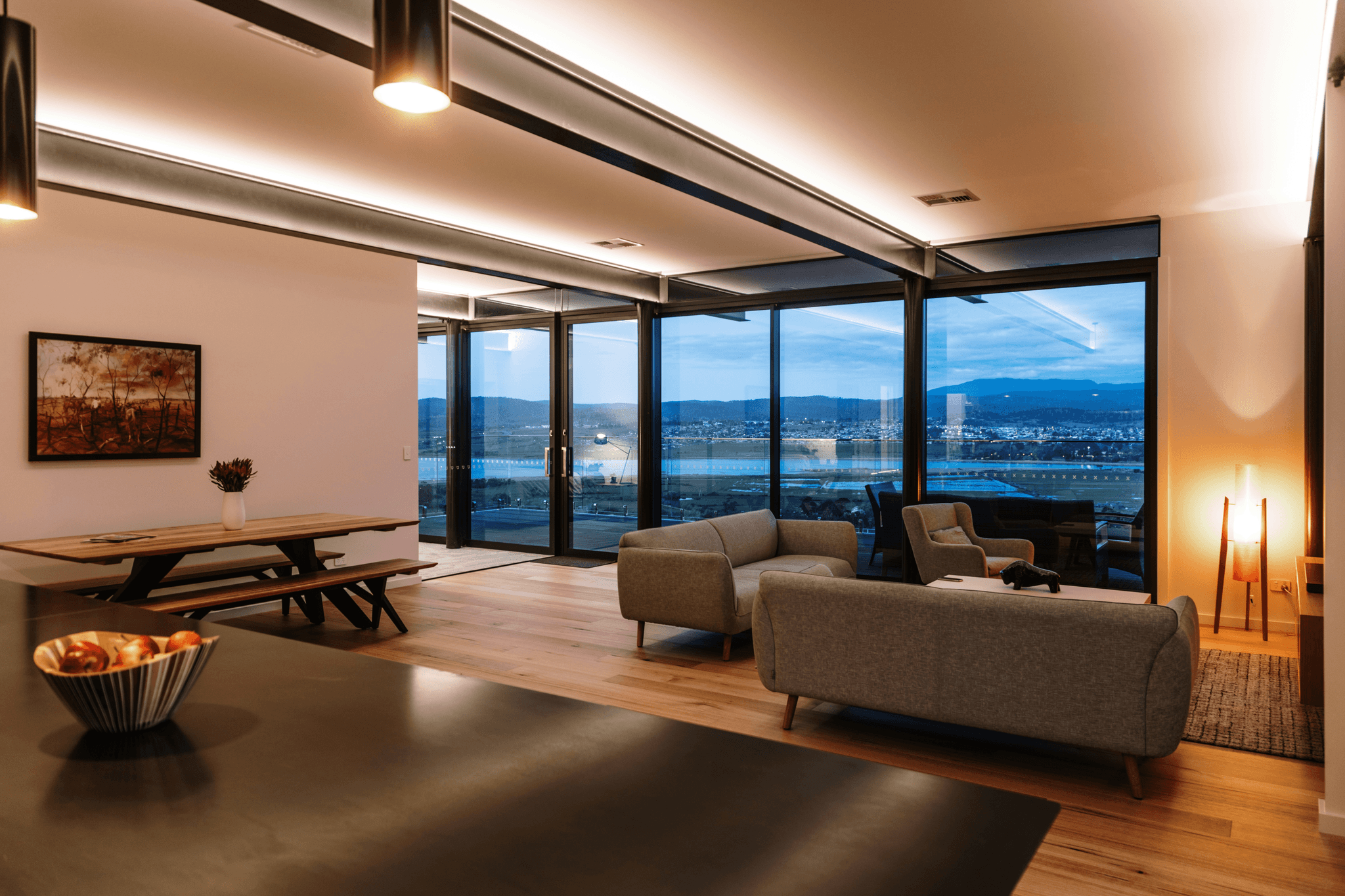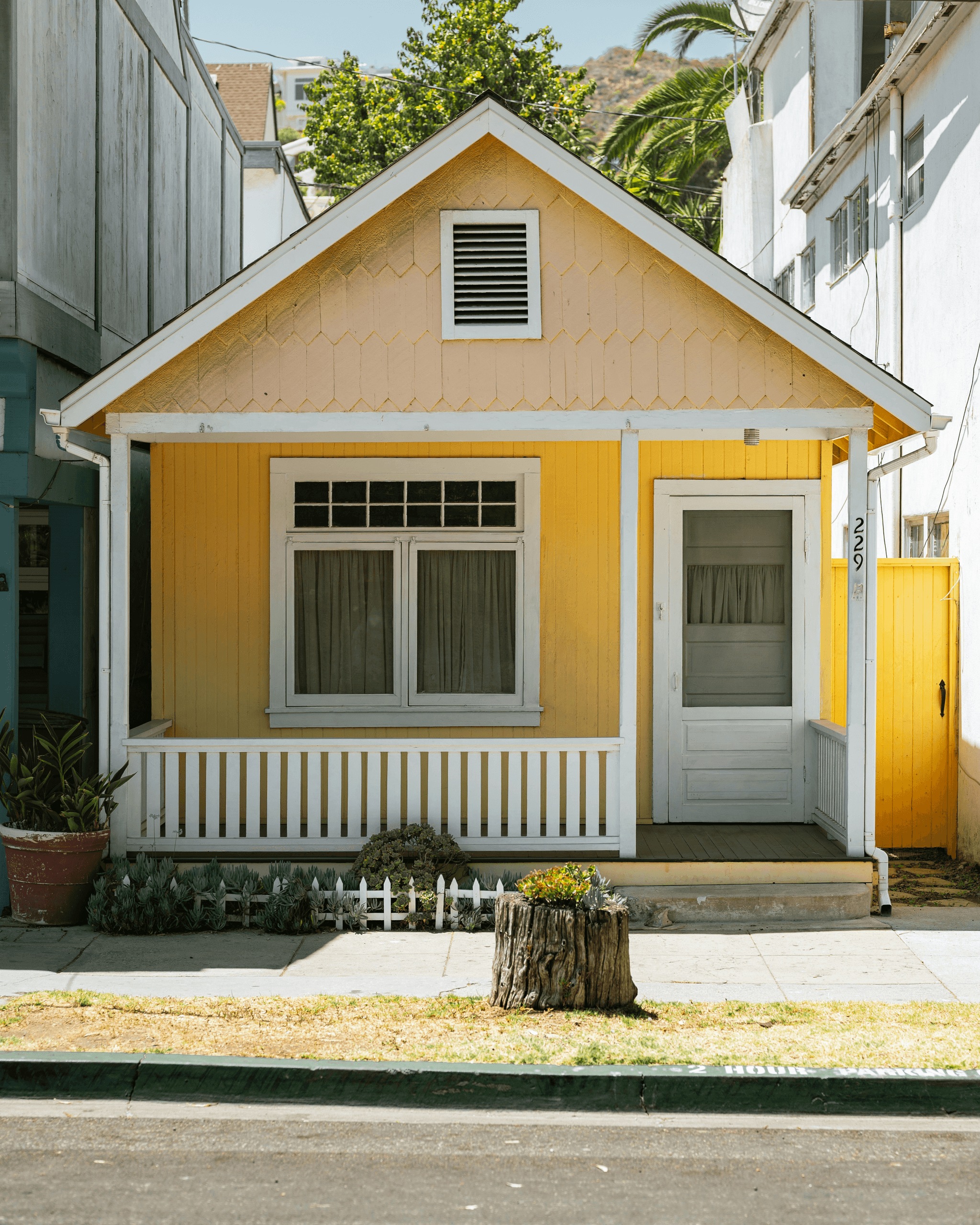Introduction
In the world of modern housing, the terms prefab homes and manufactured homes often spark curiosity and confusion. While both options offer innovative solutions to traditional homebuilding, they cater to different needs and preferences. Understanding these distinctions is crucial for anyone considering a new home, whether you’re drawn by affordability, design flexibility, or construction speed.
Understanding Prefab Homes and Manufactured Homes
Prefab homes are built off-site in a factory setting before being transported to their final location. This method allows for greater efficiency in construction and often results in superior quality due to controlled manufacturing conditions. On the other hand, manufactured homes are constructed entirely in a factory and then moved as a single unit or in sections, making them an appealing choice for many buyers seeking quick occupancy.
Key Differences That Matter
When diving into prefab homes vs manufactured homes, it’s essential to recognize that the primary difference lies in their construction standards and regulations. Prefab homes typically adhere to local building codes similar to site-built houses, while manufactured homes follow federal guidelines set by HUD (Housing and Urban Development). These differences impact everything from financing options to resale value—factors that can significantly influence your decision-making process.
Why This Guide is Essential
This guide serves as your roadmap through the intricate landscape of prefab homes vs manufactured homes. By breaking down each category's features, benefits, costs, and lifestyle implications, we aim to equip you with all the information needed for an informed choice. At PreFab Inc., we believe that understanding your options will help you find not just a house but a home tailored perfectly for you.
The Basics of Prefab Homes

Prefab homes are revolutionizing the way we think about housing, offering a unique blend of efficiency and design flexibility. Unlike traditional homes, which are built entirely on-site, prefab homes are constructed in a factory setting and then transported to their final location. This method not only streamlines the building process but also allows for greater quality control and reduced waste.
What Are Prefab Homes?
Prefab homes, short for prefabricated homes, are structures that are manufactured off-site in sections or modules before being assembled on their permanent foundations. They come in various styles and configurations, catering to diverse tastes and needs. When comparing prefab homes vs manufactured homes, it's essential to understand that prefab homes often offer more customization options and higher build quality.
Types of Prefab Homes Explained
There are several types of prefab homes, each with its unique characteristics: modular homes, panelized homes, and kit homes. Modular homes consist of multiple sections built in a factory that are then transported to the site for assembly. Panelized homes feature pre-cut panels that provide walls and roofs but require more on-site construction than modular options; meanwhile, kit homes come with all necessary materials packaged together for DIY assembly. Understanding these distinctions is crucial when navigating the realm of prefab homes vs manufactured homes.
Advantages of Choosing Prefab Homes
Choosing a prefab home comes with numerous advantages that can make it an appealing option for many buyers. For starters, they typically have shorter construction times compared to traditional builds due to their efficient manufacturing processes—meaning you could be moving into your new home sooner than expected! Additionally, prefab houses often boast better energy efficiency because they’re constructed with modern materials designed to minimize waste; this can lead to long-term savings on utility bills as well as a smaller carbon footprint.
The Fundamentals of Manufactured Homes

Manufactured homes, often confused with prefab homes, are built in a factory and transported to their final location. They adhere to specific federal guidelines set by the HUD (Department of Housing and Urban Development), which ensures safety and quality standards. Understanding what defines manufactured homes is crucial in distinguishing them from other housing options.
What Defines Manufactured Homes?
Manufactured homes are constructed entirely in a controlled environment before being moved to their permanent site. Unlike traditional site-built homes, they are designed to be transportable, which means they can be relocated if necessary, although this isn’t always common practice. The key characteristic that sets manufactured homes apart is their compliance with the HUD Code, which governs design, construction, and installation standards—making them distinct within the prefab homes vs manufactured homes debate.
Different Categories of Manufactured Homes
There are several categories of manufactured homes that cater to different needs and preferences. Single-section models are compact and ideal for smaller lots, while multi-section models provide more space and layout options for larger families or those who desire more room to spread out. Additionally, there are also specialty designs like modular units that can blend seamlessly into traditional neighborhoods—further blurring the lines in the prefab homes vs manufactured homes comparison.
Benefits of Manufactured Homes
Choosing a manufactured home comes with several enticing benefits that make them an appealing option for many buyers. For starters, they tend to be more affordable than traditional site-built houses due to lower production costs and efficient building practices—making them a great choice for budget-conscious individuals or families. Moreover, manufactured homes offer flexibility in design and layout while still providing various customization options; thus allowing homeowners to personalize their spaces without breaking the bank—a win-win when considering prefab homes vs manufactured homes!
Construction Processes: Prefab vs Manufacturing

When it comes to understanding the construction processes of prefab homes vs manufactured homes, there's a world of difference that can impact your decision. Each type has its own unique building methods, which not only affect the timeline but also the quality and customization options available to homeowners. Let’s dive into how these homes are built, their production lines, and the quality control measures in place.
How Prefab Homes are Built
Prefab homes are constructed in a controlled factory environment before being transported to their final destination. This method allows for precise engineering and design flexibility, as sections of the home—like walls and roofs—are crafted using advanced technology and materials that may not be feasible on-site. Once assembled on location, these sections create a cohesive structure that often exceeds traditional building standards in terms of energy efficiency and durability.
The assembly process for prefab homes is typically faster than traditional construction methods because multiple components can be built simultaneously in different parts of the factory. Additionally, since weather conditions do not hinder progress inside a factory setting, this leads to fewer delays and more predictable timelines for homeowners eagerly awaiting their new space. Overall, when comparing prefab homes vs manufactured homes, it's clear that prefab construction offers significant advantages in terms of efficiency and precision.
The Production Line of Manufactured Homes
Manufactured homes follow a distinct production line process designed for efficiency while adhering to strict federal regulations known as HUD Code standards. These homes are built entirely within a factory where teams work systematically along an assembly line—each person specializing in specific tasks like framing or installing plumbing systems. This streamlined approach allows for rapid production rates while ensuring that each unit meets safety and quality benchmarks.
One key aspect differentiating manufactured homes from prefab ones is that they are usually constructed as single units or modules that can be transported directly to their final site without needing additional assembly on location (though some modular designs may require this). The speed at which manufactured homes can be completed makes them an attractive option for those looking to move quickly without compromising on quality or safety features. In the discussion of prefab homes vs manufactured homes, it’s evident that both have unique benefits tied closely to their respective construction methodologies.
Quality Control in Both Types
Quality control is paramount when discussing prefab homes vs manufactured homes; both types undergo rigorous inspections throughout their construction processes to ensure they meet high standards before reaching buyers' hands. For prefab houses, each module is inspected during various stages of production—from foundation work through final assembly—to confirm structural integrity and compliance with local building codes. This meticulous attention helps ensure homeowners receive a high-quality product tailored specifically to their needs.
On the other hand, manufactured home facilities also implement strict quality assurance protocols at every step along the assembly line—testing everything from electrical systems to insulation materials before installation occurs onsite. Regular audits by third-party inspectors further enhance confidence in these builds by confirming adherence to HUD Code regulations designed for safety and performance standards across all states. Thus, whether you choose prefab or manufactured options through PreFab Inc., rest assured you'll benefit from comprehensive quality control practices ensuring your investment stands the test of time.
Cost Considerations: A Financial Comparison

When diving into the financial aspects of prefab homes vs manufactured homes, it’s crucial to understand the average costs associated with each option. Both types of homes offer unique benefits and challenges that can impact your budget significantly. In this section, we’ll break down the costs to help you make an informed decision.
Average Costs of Prefab Homes
Prefab homes typically range in price from $100 to $300 per square foot, depending on various factors such as design complexity and materials used. While this may sound appealing, it's essential to consider additional expenses like land acquisition and site preparation. Overall, when comparing prefab homes vs manufactured homes, prefab options often come with a higher initial investment but may provide greater customization and quality control.
Pricing Breakdown for Manufactured Homes
Manufactured homes usually start at a lower price point, averaging around $50 to $150 per square foot. This affordability makes them an attractive option for many homebuyers looking for budget-friendly housing solutions. However, it's important to remember that while the sticker price may be lower than that of prefab homes, long-term costs such as maintenance and depreciation should also factor into your decision-making process.
Hidden Costs in Prefab Homes vs Manufactured Homes
Both prefab homes and manufactured homes can carry hidden costs that might catch you off guard if you're not careful. For instance, while prefab homes might involve additional expenses for transportation and assembly, manufactured homes could incur fees related to land leasing or community regulations if placed in mobile home parks. Understanding these potential pitfalls is crucial when weighing your options between prefab homes vs manufactured homes—after all, no one likes unexpected surprises when it comes to their finances!
Lifestyle and Design Options

When it comes to lifestyle and design, the debate of prefab homes vs manufactured homes offers a plethora of choices for potential homeowners. Each option presents unique opportunities for personalization, style, and efficient use of space. This section dives into how these two housing types cater to individual tastes and practical needs.
Customization in Prefab Homes
Prefab homes are renowned for their high degree of customization, allowing homeowners to make their space truly their own. From selecting floor plans to choosing finishes like countertops and flooring, the options are nearly endless. This flexibility is a significant advantage when comparing prefab homes vs manufactured homes, as it enables buyers to tailor their living environment according to personal preferences and lifestyle requirements.
Moreover, many manufacturers offer modular designs that can be easily expanded or modified over time. This adaptability means that your home can grow with you—whether you’re adding a family member or simply want more space for hobbies. With PreFab Inc., you can explore a range of customizable designs that reflect your unique style while enjoying the benefits of modern construction techniques.
Style Choices in Manufactured Homes
On the other hand, manufactured homes come with their own set of stylish options that shouldn’t be overlooked in the prefab homes vs manufactured homes debate. These houses often feature a variety of exterior designs—from traditional ranch styles to contemporary facades—that cater to diverse aesthetic preferences. Buyers can choose from an array of colors, materials, and architectural details that help create a welcoming atmosphere.
Inside these homes, there’s also considerable room for personalization through interior design choices such as cabinetry styles, flooring options, and fixture selections. While customization might not be as extensive as in prefab homes, many manufacturers are now embracing trends in interior design that allow homeowners to express their individuality without sacrificing quality or comfort. PreFab Inc.’s selection includes stylish manufactured home designs that balance affordability with attractive aesthetics.
Space Optimization Techniques
Space optimization is crucial when considering either prefab homes vs manufactured homes; both types offer innovative solutions for maximizing usable square footage. In prefab homes, open floor plans are often utilized alongside multi-functional furniture pieces to create an airy feel while ensuring every inch is used effectively. Clever storage solutions like built-in shelves or under-stair compartments further enhance practicality without compromising style.
Manufactured homes also employ smart design strategies such as vaulted ceilings or strategically placed windows that make spaces feel larger than they actually are. Additionally, many models incorporate outdoor living areas which extend the usable space beyond four walls—perfect for entertaining guests or enjoying nature right at home! With PreFab Inc., you’ll find both prefab and manufactured options designed with thoughtful space-saving techniques tailored for modern living.
Conclusion

In the realm of housing, understanding the distinctions between prefab homes vs manufactured homes is crucial for making an informed choice. Each option has its unique benefits and considerations, catering to different lifestyles and budgets. By weighing these factors, you can confidently navigate your home-buying journey.
Making an Informed Decision
When considering prefab homes vs manufactured homes, it's essential to evaluate your priorities—be it cost, customization, or construction quality. Prefab homes often offer a higher degree of design flexibility and energy efficiency, while manufactured homes can provide a more budget-friendly option with quicker setup times. Ultimately, the decision should align with your lifestyle needs and financial capabilities.
The Future of Prefab Homes vs Manufactured Homes
The future looks promising for both prefab homes and manufactured homes as advancements in technology continue to enhance their appeal. Eco-friendly designs and innovative building methods are on the rise in prefab construction, while manufactured homes are becoming increasingly customizable without sacrificing affordability. As consumer preferences evolve towards sustainability and modern aesthetics, both types will likely adapt to meet these demands.
Finding the Right Fit for You with PreFab Inc.
At PreFab Inc., we believe that choosing between prefab homes vs manufactured homes should be a rewarding experience rather than a daunting task. Our team is dedicated to helping you explore all available options tailored to your specific needs while ensuring transparency throughout the process. Whether you're drawn to the sleek lines of a prefab home or the practicality of a manufactured one, we're here to guide you toward finding your perfect fit.

